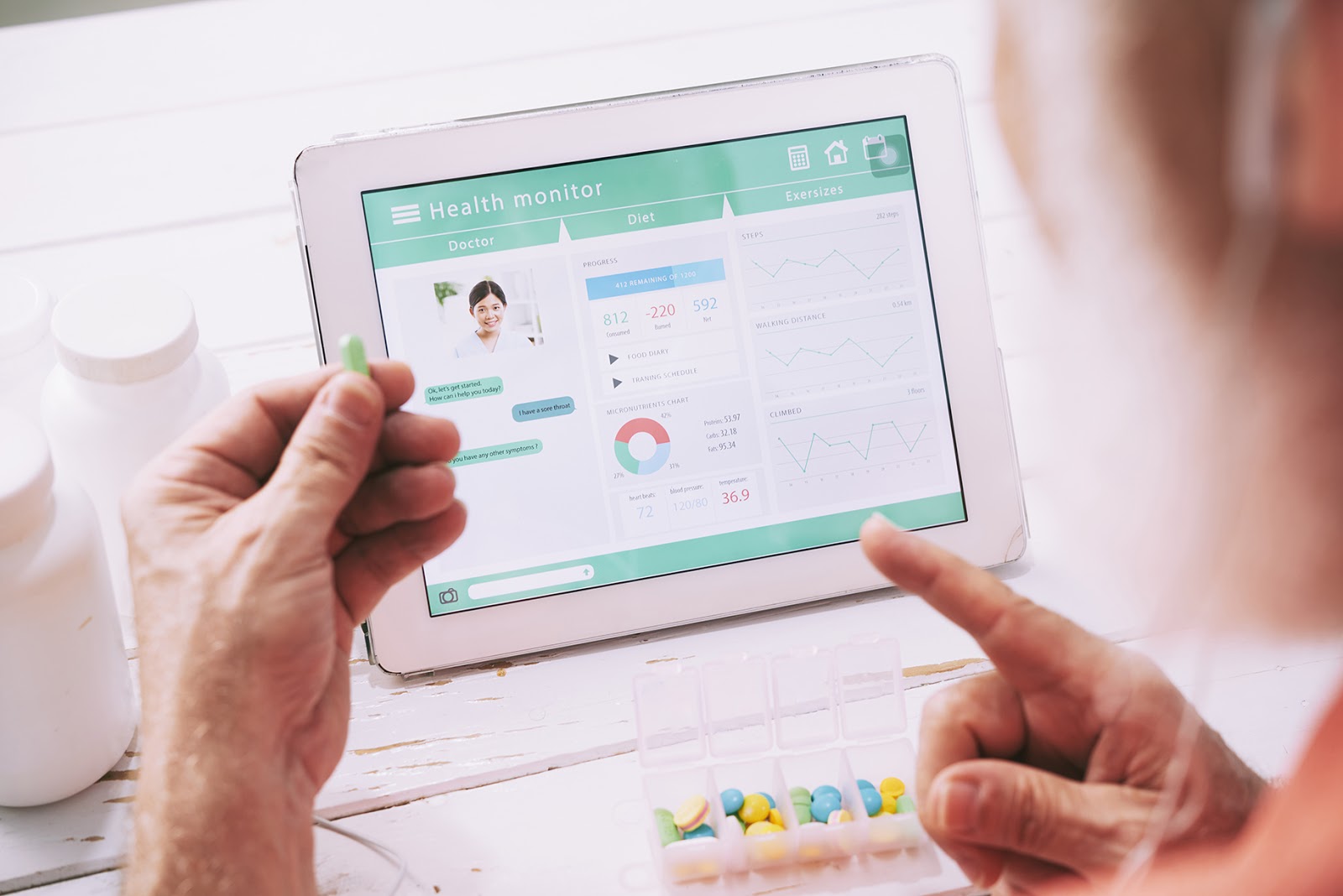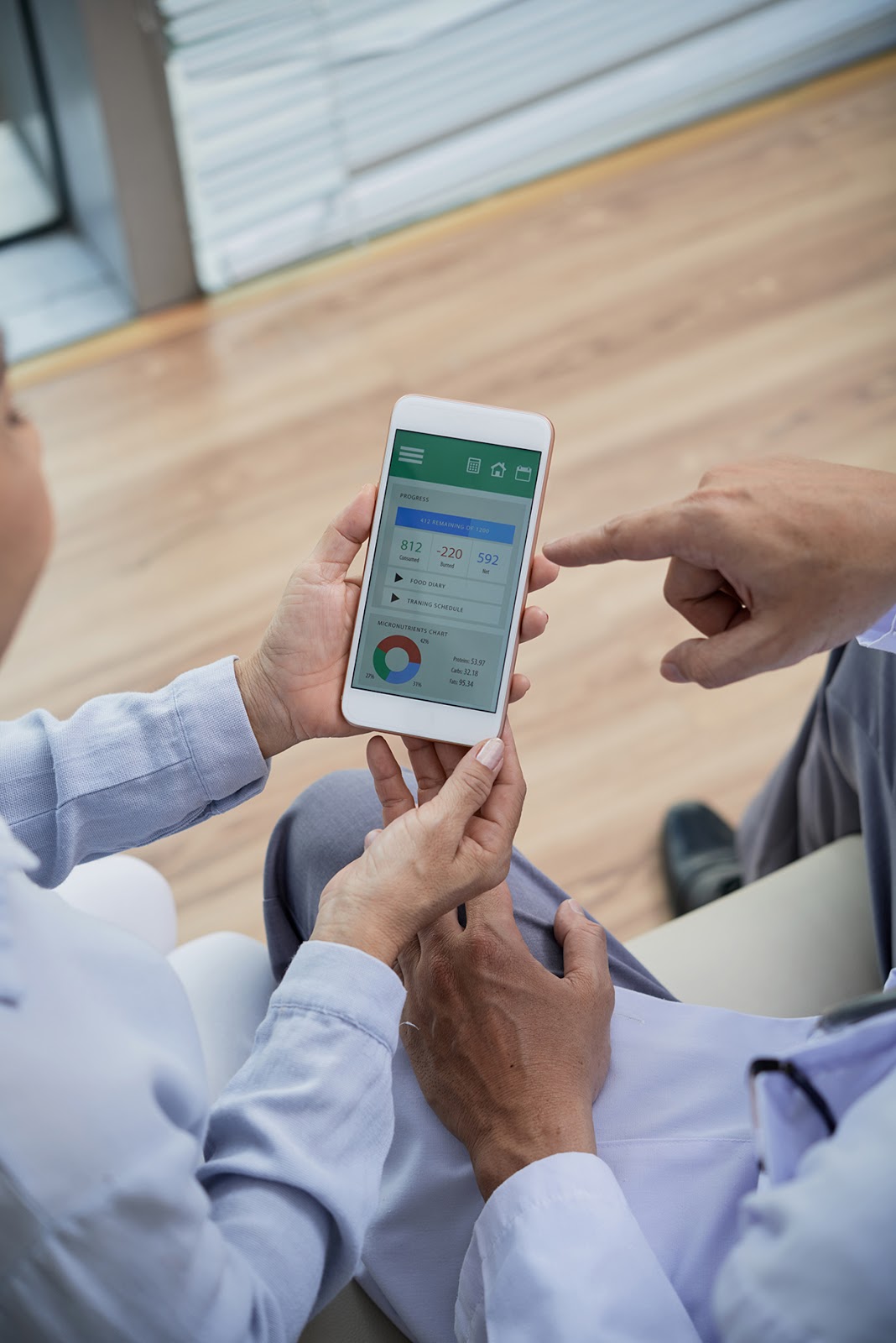RPM Devices: Why Remote Monitoring Technology Should be Part of Everyday Healthcare
These days, everything is going digital. The use of mobile phones isn’t a preference anymore, but a necessity. An expectation. Every industry is becoming increasingly, if not completely reliant on remote access, work, and management capabilities.
In the medical field, this notion has been a bit slow in coming, with only certain aspects of the overall health system having remote access options. But now, remote patient monitoring is enabling the last few hold-outs to completely transition to virtual healthcare.
Luckily, remote patient monitoring (RPM) companies specialize in bringing this mobile tech to healthcare facilities, which makes it easier than ever to stay in touch with patients. RPM lets doctors spot trends early on, manage overall health and chronic diseases, and bridges the communication gap all while letting the patient stay home.
How does it all work? The secret lies with the remote health monitoring devices.

Remote Patient Monitoring Devices in Healthcare
First things first, what are remote monitoring devices?
RPM devices are any health monitoring devices that collect data from patients and transmit it to healthcare providers. They’re basically home health monitoring devices, like an advanced smartwatch that can send a patient’s stats straight to their chart in your database.
CMS Reimbursements for RPM Approved Devices
Though they are often very similar, and provide similar functions and patient support, not all telehealth and virtual health devices qualify as remote patient monitoring devices. CMS only provides insurance reimbursement for RPM devices.
A device iseligible for remote patient monitoring reimbursement if it:

- Is meant to help diagnose, monitor, or treat a condition as outlined in the Federal Food, Drug and Cosmetic Act
- Automatically uploads data on its own, meaning that the data isn’t self-reported by the patient through manual data input
- Can send daily reports of said data, and can notify the practice if the patient’s metrics fall outside certain set parameters
- Is reasonably helpful for a patient’s overall diagnosis or treatment
- Helps doctors or physicians better understand, manage, and monitor the patient’s health and treatment
Related Resource: Learn more about RPM device reimbursement.
Types of RPM Devices
Depending on the kind of information you need from a patient, you can choose from a variety of devices. For remote patient monitoring, these include:
- Wearable health monitoring devices. This includes devices like blood pressure cuffs, which patients can wear all day or at certain intervals throughout the day so providers can keep an eye on trends.
- RPM scales. These devices not only measure weight, but can also track body mass index (BMI), fat, lean mass, and hydration.
- RPM glucometers. These can help track glucose levels at home for patients with diabetes or other related diseases.
- Oximeters. These can measure blood oxygen levels for patients with congestive heart failure, sleep apnea, and even COVID-19.
While an RPM company may have their own proprietary remote patient monitoring devices, there are also plenty of third-party apps and devices that RPM vendors can link to your system.
RPM Devices Improve Patient Outcomes
The majority of the healthcare system is built around patients who are acutely sick. For patients with chronic conditions, especially serious illnesses that require constant attention and management, patient care is a lot trickier. Healthcare systems have struggled to accommodate chronic care management, as these patients need custom, personalized attention that was previously not possible.
More Data Means Better Outcomes
RPM devices present the opportunity to address this issue by monitoring patient health at all times, regardless of the patient’s location, and at the consistency providers need in order to give the best care. These devices ensure your practice has access to a consistent flow of information, and encourages patients to be more engaged in their own health.
Let’s say you’ve got a patient with high-blood pressure. In the old healthcare model, they might come in once or twice a year for a blood pressure check, be reminded that they have hypertension, and have a few good weeks of exercising and avoiding tobacco. Then they’ll slowly slip back into old habits.

With access to a blood pressure cuff through RPM, you can have your patient check their blood pressure as frequently as needed at home. Now they can see firsthand how high-stress meetings or an extra glass of wine affects their heart rate! They can start to see their own progress with making consistent, good choices, which will help keep them motivated and on track.
More Accessibility Means Better Outcomes
Health monitoring systems can make healthcare far more accessible. Telehealth is more than just a convenient option — for many patients, it may be the only option. Think about your patients who have debilitating conditions that make it extremely difficult to travel anywhere, let alone to the doctor. Or the ones who cannot travel on their own and have to wait until a loved one can take them to their appointment. Your patients’ health doesn’t have to wait upon logistics anymore. With remote patient monitoring, their health management is easily accessible and that accessibility greatly improves patient outcomes.
Remote Patient Monitoring Tech is Safe and Secure
This is the big concern about all digital platforms: is it secure? For virtual health platforms and devices, the answer is yes. When used correctly, virtual health and remote patient monitoring services are completely secure. The devices themselves simply capture the data that is sent to the patient’s portal on their RPM mobile app, and the providers RPM dashboard.

Home Network Security is Key
All RPM providers understand that protecting patient medical data is the highest priority. HIPAA compliance is something we take very seriously at CoachCare. However, the biggest barrier to security is not the RPM vendor, but usually the home network that patients use, which is a similar issue for online banking. Basically, if a patient is accessing secure information through an unsecure network, they’re risking their own personal data.
When adding a new patient to an RPM regime, you’ll want to remind them not to access confidential data from public WiFi, and that “password1” is just not a good idea.
Keeping Your Practice and RPM Devices Secure
For extra precautions to keep your practice secure, the National Cybersecurity Center of Excellence recently posted new guidelines on how to use remote monitoring systems safely. These guidelines include:
- Evaluating risks before adding in new RPM devices
- Implementing safeguards to provide end-to-end security of patient data
- Providing continuous security monitoring
- Using a security incident event management tool
If you work with a remote patient monitoring vendor that’s worth their salt, they’ll be able to help you with any specific security concerns and help you safeguard all confidential data.
Get Started with an RPM System
If you’re still on the fence about investing in RPM devices, get in touch to schedule a demo and learn first hand about each of the devices our RPM platform integrates with at CoachCare.